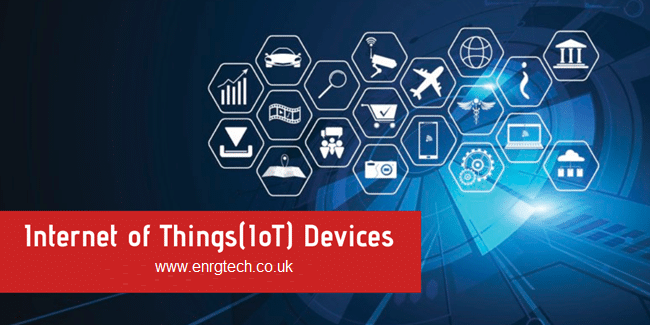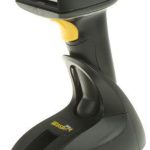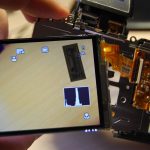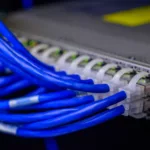
The Internet of Things (IoT) and engineering
Siemen’s recent announcement that it has partnered with several universities in the UK to offer Engineering 4.0, is evidence enough that the future if engineering is IoT based. Engineering 4.0 is anchored on cloud-based internet of Things (IoT) and is going to be taught to engineering students in various universities under this newly established partnership. Some of the universities that have secured participation include; University of Sheffield, Newcastle University, Liverpool John Moores and Manchester Metropolitan University.
internet of things (IoT) Connectivity
Connectivity is a very important element in the IoT platform. It forms a medium through which information is passed from one end to another. There are more than 30 internet of Things (IoT) connectivity solutions in the market today. These technologies keep evolving and new ones keep emerging making the search for one difficult. Some of the most recent technologies include LPWAN and 5G. The earlier ones like Bluetooth and Wi-Fi are also constantly evolving. Discussed below are the most common IoT device connectivity options.
Wi-Fi
Wi-Fi is suitable for environments that are data-intensive or campus environments. It is commonly used in home automation and energy management. It is 20 to 30 times faster than Blue Tooth Low Energy thus is suitable for transmitting large files when needed.
Wi-Fi consumes a lot of power. It is was not originally designed for internet of Things (IoT) networks. Sensors depend on the battery for power supply, they also transmit a small amount of data over long distances. As such, Wi-Fi will deplete the battery reserves fast making is less suitable for such a setup.
Bluetooth and Bluetooth Low Energy (BLE)
Bluetooth and BLE are most suited for personal devices like beacons, wearables and fitness trackers. Bluetooth has for long been popular with consumer electronics owing to its ability to continuously stream large amounts of data. BLE was specifically designed for low power IoT devices hence is best suited for devices that transmit a small amount of data as such devices are designed to save power when they are transmitting.
Bluetooth and BLE’s application in the industrial sector has been limited due to their short range and relatively high battery consumption. Despite that, they offer a low-cost solution hence keeps attracting the attention of developers who have since introduced hybrid architecture schemes with Bluetooth which help to overcome the Bluetooth shortcomings. These schemes introduce dozens of endpoints that then connect to one master access device which then uses another technology to connect to the backend.
Mesh Technologies
Mesh technologies are most suited for in-house applications and neighboring projects, for instance, smart lighting, HVAC and security systems. It is made up of technologies like Zigbee and Z-Wave and uses a system of interconnected nodes to carry small amounts of data packets over short or midrange distances.
Mesh technologies have their own challenges though. Zigbee, for instance, demands that the interoperability between gadgets need to be pre-planned. Z-wave, however, offers fewer challenges since communication between devices is easily accomplished.
LPWAN
Low-power wide-area network (LPWAN) refers to any network that enables devices to communicate over long distances (at least 500M) while consuming very little power. LWANs are divided into licensed and unlicensed.
Licensed
- LTE-M
- NB-IoT
- EC-GSM
Unlicensed
- SigFox
- LoRA
These connectivity solutions are primarily designed for internet of Things (IoT) hence are designed to transmit small amounts of data for longer intervals form numerous endpoints over long distances and for longer periods.
Know more about How IoT Impact Our Everyday Life
LPWAN technology is relatively new hence its full potential and disadvantages are not yet clear until the networks have been implemented on a large scale. At the moment LPWAN only covers 20% of the global population. Its availability is growing fast and it’s expected that by 2022 LPWAN technologies are expected to cover 100% of the world population.
5G
5G is suitable for the bandwidth-intensive application, remote surgery, and massive machine-type communications. internet of Things (IoT) solutions are growing better by day. They are becoming more elaborate and are emitting more data. As such, they demand larger bandwidth and 5G is expected to deliver on this demand. 5G is expected to go public in 2020 and hence its impact cannot be outlined just yet.





















